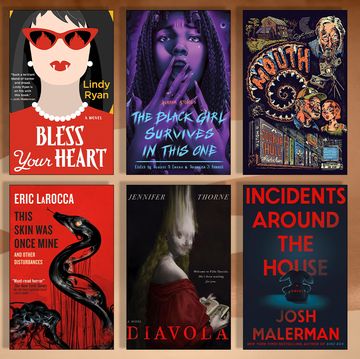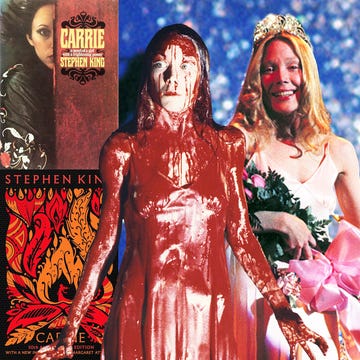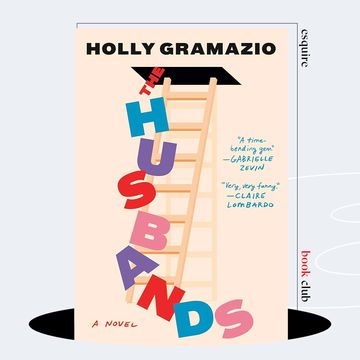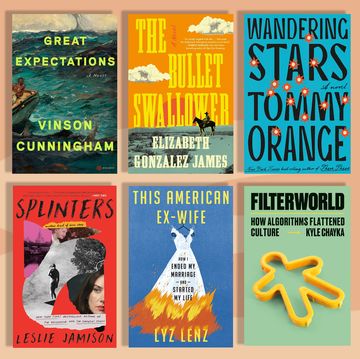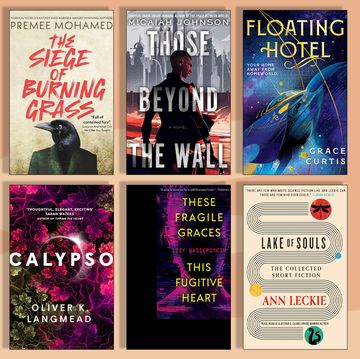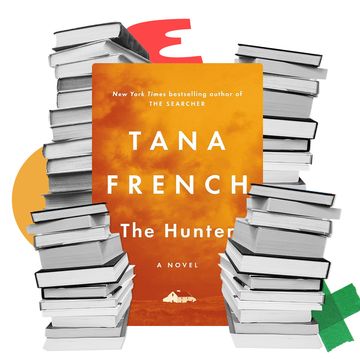The Warren Commission Report by By Dan Mishkin, Ernie Colón, and Jerzy Drozd © 2014, Abrams ComicArts
Few historical events are more complex, rife with inconsistencies, and mired in controversy than the Kennedy assassination. The circumstances surrounding the events of November 22, 1963 have been pored over by federal agencies and amateur conspiracy theorists alike for decades, but what actually happened is likely to remain a mystery. Pieces of new information have come to light over the years, but the Warren Commission Report, the 889-page result of an investigation requested by JFK's successor, President Lyndon B. Johnson, remains the most thorough examination of Kennedy's death. For anyone looking for clarity, the report is the most necessary, but also the most daunting, collection of evidence to tackle.
The Warren Commission Report: A Graphic Investigation Into the Kennedy Assassination is a new, 160-page comic book that attempts to clarify the findings of the Warren Commission through a series of visual storyboards. Written by Dan Mishkin and illustrated by Ernie Colón — whose previous book, The 9/11 Report: A Graphic Adaptation, served as inspiration — the "comic book documentary" attempts to distill the densest of documents into an easily digestible graphic account of the Commission's findings. Says author Dan Mishkin:
"The major goals of our book are to show how the different interpretations of the events surrounding Kennedy's death arose and why the disagreements about the facts persist; to illuminate the times in which the assassination occurred and which were the context for compiling the official narrative; and to explore the influence of the Warren Report on the years and decades that followed. Whether we lived through those times or not, we're all living with the consequences of how the Warren Commission conducted itself."
Below are some exclusive excerpted pages from The Warren Commission Report: A Graphic Investigation Into the Kennedy Assassination, as well as some additional insight into the creative process from Mishkin.
"Looking back, I think I was startlingly overconfident about how easily all the pieces would come together. The challenges weren't so much in determining the broad sweep of what would be covered as in figuring out how deep into the weeds we needed to get. When was it enough to lay out the basics of a particular dispute over the evidence — showing an event as it would have appeared under one interpretation and then under the other — and when did we need to really delve into the argumentation, which would require finding oral testimony so we could show a person talking (in order to make the narrative as "comic book-y" as possible)? And when do we put an end to the otherwise endless theorizing? Is it absolutely necessary to give credence to the people who think that Jacqueline Kennedy had her husband murdered?"
"There was the challenge we always face in comics, which is how to find for each panel the single image that can stand as the representative of all the others we're not showing, a task made more difficult in a story so dependent on split-second timing, the precise location of bodies, and minute differences in the interpretation of physical evidence."
"Although our book is emphatically not about presenting our own whodunit theory of the case, it does level some serious criticisms at the Warren Commission, which, even if one argues that they did get the main facts right, made serious and consequential mistakes that have haunted the last fifty years of American history. In an email with my editor, I could state the cultural-political-historical case for the commission's failings pretty succinctly; but turning a political science critique into a visual narrative did not come easily. "
'It was tough to figure out how to handle the gory parts that are at the center of this whole story. When does a graphic medium become too graphic? Even though I had to look again and again at frame 313 of the Zapruder film, the one that shows blood and brain matter exploding from the president's skull, did I want to subject the readers to that? [Illustrator] Ernie [Colón] — as a visual thinker — argued in favor of more gore, for not shying away from the violent reality; so there are a couple of pages where that's more in evidence than I was initially comfortable with, though it falls well short of shocking or grotesque. I think that's a good thing."
"The distinction between simplifying and clarifying is hugely important. Comics have a great capacity to bring light and understanding in a way that dense prose can't always do — and it's hard to get denser than the Warren Report. Images have the power to fix important details in the readers' minds and allow them to see the relationships between those details more clearly. When the facts are in dispute, as they are in the case of the Kennedy assassination and the findings of the official investigation, being able to hold on to that clarity and those relationships is even more crucial."





